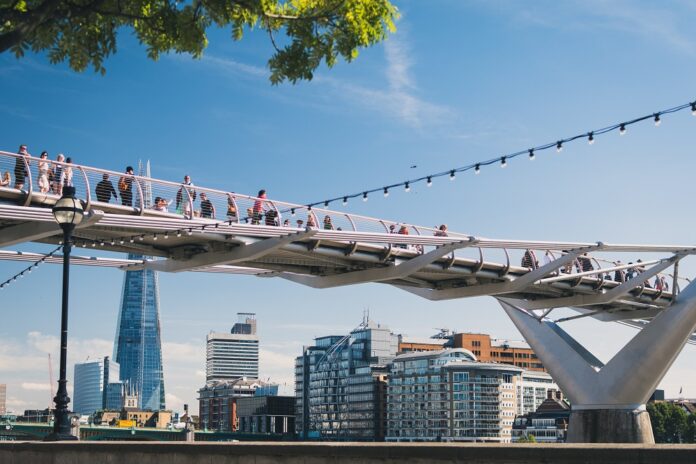This week we are marking National Clean Air Day.
It is a moment to reflect on how far London has come in improving its air quality, whilst being clear that there is more to be done.
Particulate matter in dirty air has a serious impact on human health, contributing to heart attacks, asthma, and bronchitis, and it can also impact on global warming.
One of the many responsibilities we have as the governing body of the Square Mile is to measure its air quality.
And if levels of pollution are higher than national standards, we will take action to improve it.
Recent figures show a significant improvement in Square Mile nitrogen dioxide levels since 2016 – so we are certainly on the right path.
These results are a testament to how effectively we are working with City residents.
Over the last 10 years, as many readers will know, the Square Mile’s residential community has supported us steadfastly in taking some bold and practical actions.
Back in 2013, there was limited understanding amongst the general public about air pollution.
So, we began working with residents to measure air quality at the Barbican and Golden Lane estates, and help them understand how they could reduce their exposure to dirty air.
We asked them for their opinions on air quality and what type of action they would like to see from us.
And we listened.
Their views helped us bring in a range of local measures like the three-year Low Emission Neighbourhood programme, with its new electric vehicle charging points, green infrastructure, cargo bikes and a zero emission street pilot.
NOW READ: City of London Corporation to consult on carbon planning guidance
We have since taken several other ambitious measures to combat toxic air, including banning new diesel vehicles from our own fleet, where there is a clean market alternative, and leading a London-wide crackdown on drivers who leave their engines idling when parked.
Our CityAir app gives over 35,000 Londoners low pollution travel routes with advice and alerts when air pollution is high.
And our emissions-based charges for on-street parking targets high polluting transport with higher tariffs, while rewarding drivers of low emission vehicles with lesser charges.
We have also requested new powers to help us tackle pollution from boilers, generators and construction equipment.
During my time as Chairman of the Planning and Transportation committee, we introduced a safety scheme at Bank junction limiting vehicle journeys through the area at busy times, in order to deliver a safer area, reduce casualties and improve air quality at the junction.
These measures, alongside action taken by the Mayor of London, have had a real impact.
Last year we revisited residents at the Barbican and Golden Lane estates to measure local air quality again, and show how things have changed.
47 residents collected data over a year on local NO2 concentrations using small tubes, mainly positioned outside their home.
The results showed on average a 40% improvement since the 2013 study.
This is very positive news and shows the real impact that resident support can have.
But we realise that there is more to be done in order to bring air pollution down.
This December will be 70 years since the Great London Smog of 1952, which led to the death of around 4,000 Londoners.
The City Corporation responded with legislation banning smoke in the Square Mile and paved the way for the national Clean Air Act of 1956.
Despite all these measures taken now and back then, air pollution remains a public health concern in the capital.
When I was elected as Policy Chairman last month, I promised to improve our relationship with residents, and re-establish the bonds of trust that strengthen and unite us all.
And our residents can rest assured that, by working closely with them, we will continue to take action to clean up London’s air.
For the latest headlines from the City of London and beyond, follow City Matters on Twitter, Instagram and LinkedIn.







